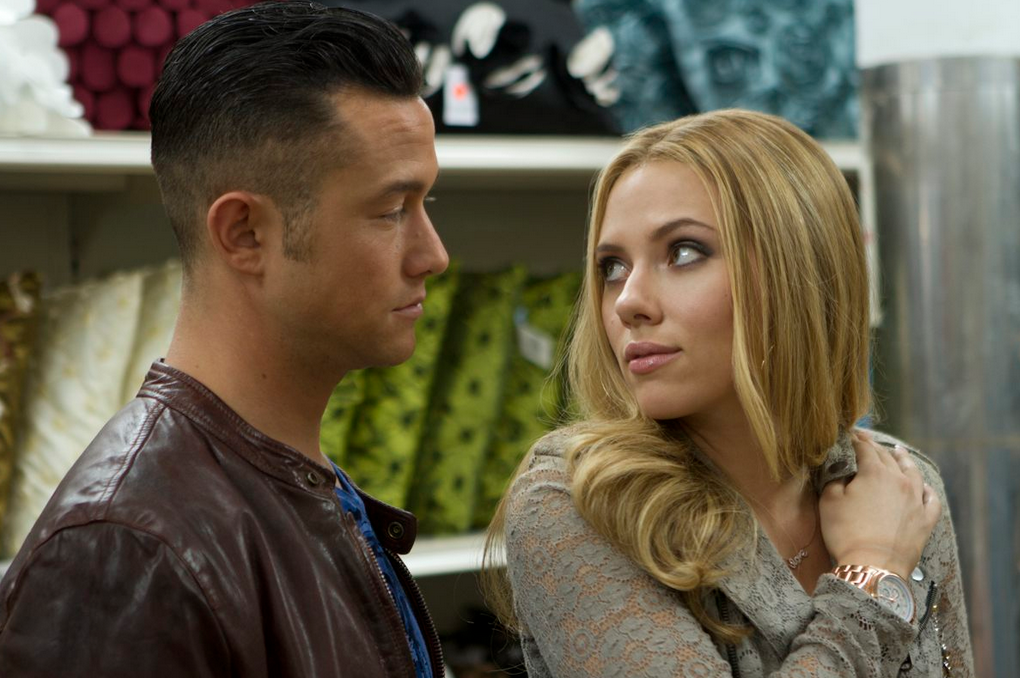Dollars And Sex: How Economics Influences Sex & Love
When you are out in the dating scene, consider the idea that it may be a more technical and economical endeavor than you may think.


In the book “Dollars and Sex” by Dr. Martina Adshade, the authors explains a number a different ways that economics are intertwined with the world of dating. She describes society as a marketplace in which we are all actively participating in and makes the argument that many of our romantic decisions can be based on core principles of economics such as supply and demand, opportunity costs and trade offs, as well as a number of different economic factors. She talks about how wealth and wealth inequality affects our decision making in the “market” of dating.
This is obviously something we all know at some level, but she goes very in depth and uses a ton of empirical data to support her claims. I am nowhere near qualified to try and accurately explain everything that this book entails, so I won’t even attempt it. What I will do, however, is point out some interesting bits of information that I got from the book; some that I found humorous and others that I found illuminating and insightful. The way that she describes human behavior seems crass at times, as she breaks down some of our romantic decisions into a literal matter of dollars and cents, but it is very interesting to think about. So in no particular order I am going to now point out some interesting topics from the book:
- College is a great place for promiscuous men to look for sexual partners – According to Dr.Adshade, for men in college; it’s a buyer’s market. Since 1980 more women have been attending and competing college than their male counterparts, and this has resulted in males becoming a more scare commodity. Women hence become the “sellers” in the market. Males have more of a preference toward having multiple partners. The “price” that’s being driven down is the assurance that the guy will treat her well. When there are fewer men than women on campus, women lose their ability to negotiate the time in which the first sexual interaction happens. When the “supply” of women is abundant, the competition for male attention increases.
- Binge drinking increases promiscuity – This one seems obvious right? It is, but the author delves deeper into the subject. She proposed the idea that rising drink prices would result in less drinking therefore resulting in less risky sexual behavior. What she found is that students were relatively price inelastic to alcohol, which is a fancy way of saying they don’t care how much the drinks cost. She also found that students would be more likely to just drink more at home before going out. She also noted that raising the price of drinks may actually increase the amount of promiscuity because females may feel more obligated to have sex with someone who has been buying them pricey drinks all night.
- Online profiles need to be adjusted for inflation – The author notes the fact that people online tend to portray themselves in the most favorable light. She reported that less attractively people were much more likely to be deceptive in the way that they present themselves online. The research also showed that less attractive participants were much more likely to seek out more attractive candidates. So if someone seems interested you on a dating site, then you are probably out of his or her league.
- Online dating websites represent a segregated marriage market – Adshade noted that the majority of people, especially women, are more likely to date within their race. The increasingly specific search methods these sites provide leads to a stricter adherence to stay within one’s race when looking for a potential spouse.
- Large cities are more suitable for single people – Single people flood into large cities looking for love because the cost of searching for a potential mate is relatively low. While it may be true that people in larger, more urban areas, are less likely to speak to strangers, the sheer number of people in a city negates that issue. People in more rural areas are more likely to “settle” because the cost of seeking potential mates is much higher.
- Today’s teenagers are actually less promiscuous than in previous generations. – Adshade points out several different reasons for this. Over time the legislation over consent to sexual activity has become stricter. Also, with many more students seeking a post secondary education, teens have become more cautious of engaging in risky sexual activity so as not to derail their future earning potential. It is simply a fact that teen pregnancy greatly reduces earning potential over a lifetime.
- The rate of STDS has increased, even though teens are having less sex. – This may seem counterintuitive, but think about it. The students who choose not to engage in sexual activity would most likely be the most risk averse, or cautious, had they decided to engage in sexual activity. With the pool of students lacking risk averse type, the pool is filled with more risk-loving teens. Had the risk adverse teens been engaging in sexual activity, there would be a larger likelihood that these teens would have a partner that encouraged condom use. Teens who are sexually active tend to have more partners, therefore turning the pool into a cesspool.
- Condom availability actually increases teen pregnancy – Adshade refers to losing one’s virginity as a fixed cost, meaning that there is more cost associated with the initial act of having sex for the first time than the subsequent instances. Once a teen loses their virginity, it is more likely that they will have sex again because the fixed cost doesn’t have to be paid again. The availability of condoms lowers the fixed cost, as students feel less risk in engaging in sexual activity. However, students may not be properly educated in how to use condoms, thus the heightened pregnancy rate.
- Cheating can be broken down mathematically – The equation for cheating goes like this: probability of being caught X cost of being caught = Expected cost of cheating. The cost of being caught can include various factors including whether or not one believes their partner will leave them if caught, another being whether or not the potential cheater, if female, has the ability to be financially independent. For a male the cost can include potential alimony payments as a result of the divorce among other factors.
The book goes into much more detail than I am able to, and it’s a very interesting read. When you are out in the dating scene, consider the idea that it may be a more technical and economical endeavor than you may think. If you want to land that perfect partner, it seems that it is in your best interests to boost your market potential. Become a scare resource, a rare type of person who is so unique and interesting that the demand for your romantic interest increases. Think of the opportunity costs of whom you choose to date, are you settling when there’s something better out there, or have you and your partner reached a state of equilibrium? I am nowhere near qualified to represent the in depth insights that Dr. Adshade provides, but I do hope that the information I provided causes you to read her book, or at minimum, to think a little bit more in your dating life and your life in general. ![]()




